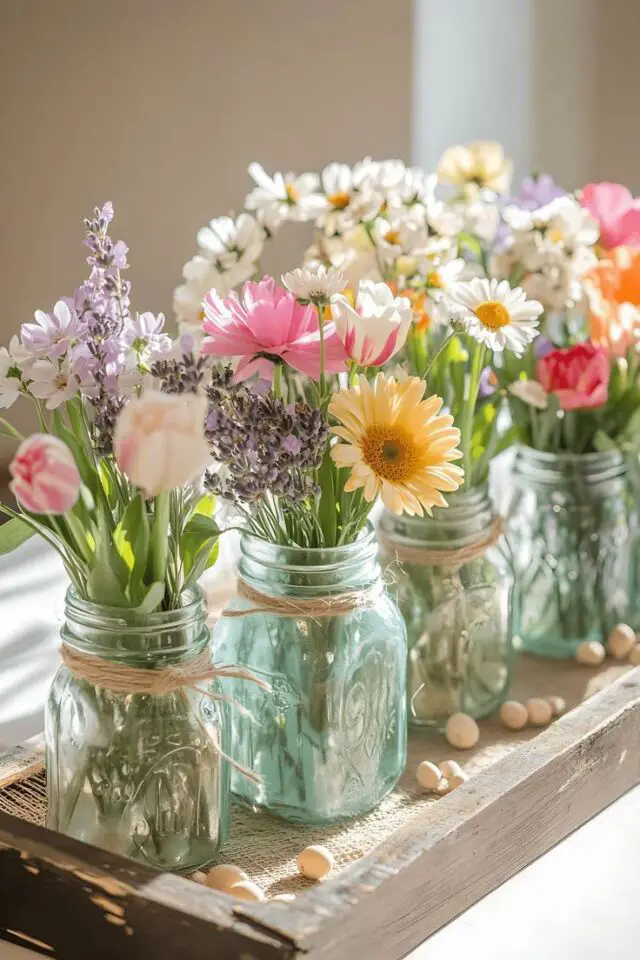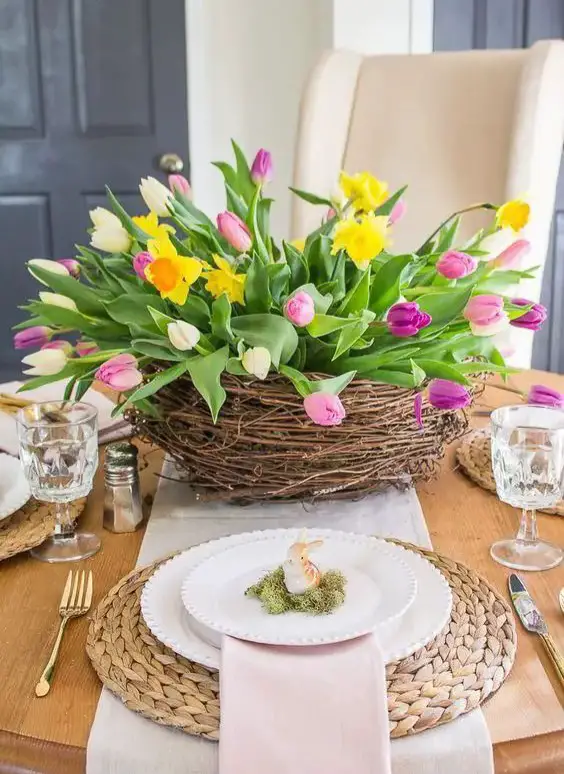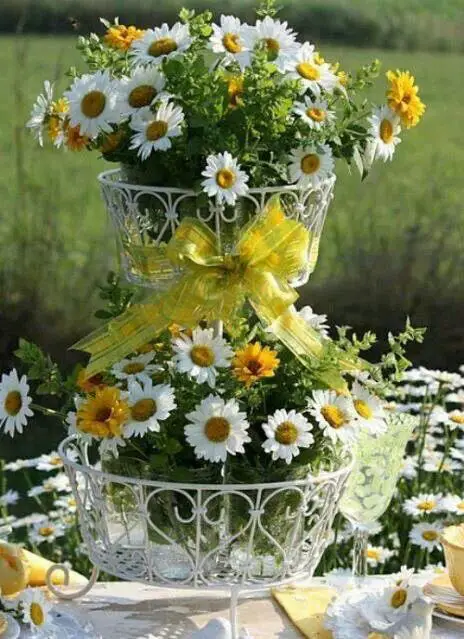Beautiful and Very Creative Flower Arrangements: A Guide to Crafting Stunning Floral Designs
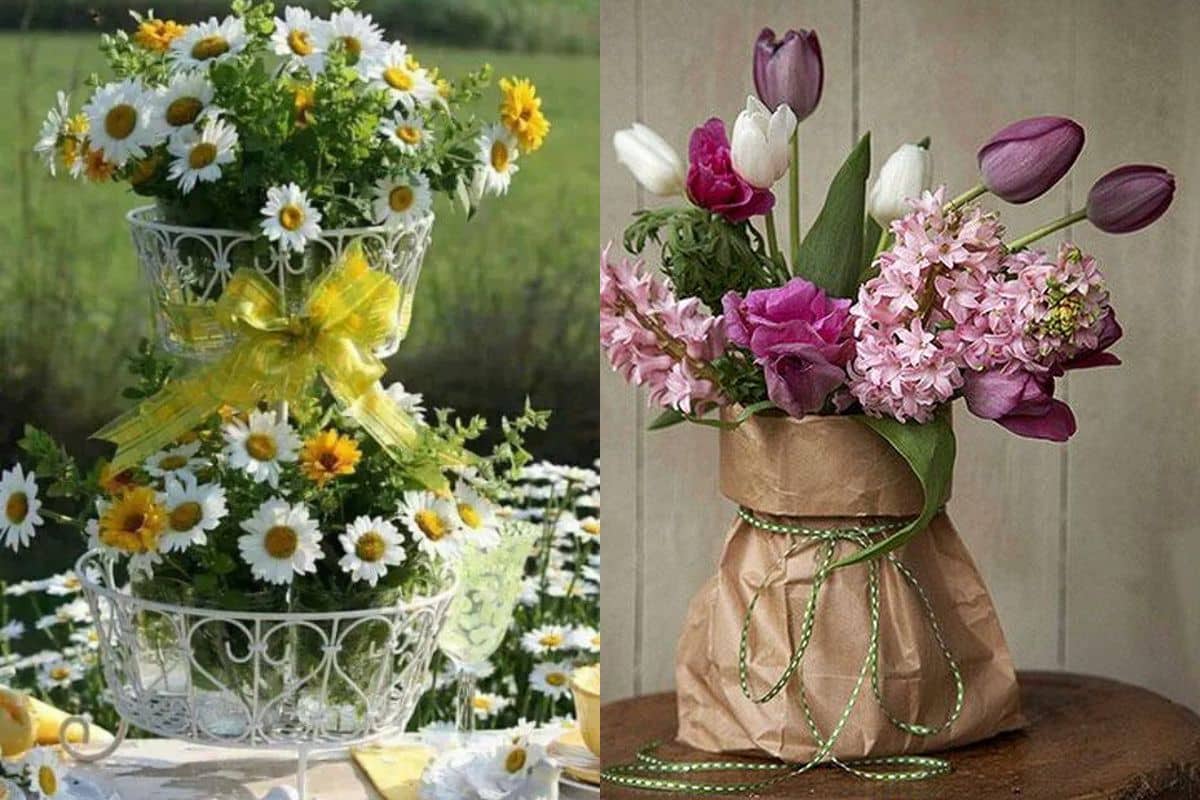
Floral arrangements are an art form that allows for endless creativity, transforming simple flowers into stunning visual displays.
Whether you are designing for a special event, enhancing your living space, or simply creating a beautiful gift, the possibilities for creative flower arrangements are truly infinite.
In this article, we will explore various types of flower arrangements, from traditional styles to avant-garde creations, offering inspiration, tips, and techniques for crafting your own masterpieces.
Flower Arrangements in Design
A beautifully arranged bouquet or centerpiece can dramatically transform a room or setting. Flowers add a sense of freshness, color, and life to any space, making them perfect for enhancing both personal and professional settings. A carefully crafted flower arrangement can be the focal point of a room, evoking emotions and setting a mood.
Whether it’s a wedding, birthday, or holiday celebration, flowers have a way of personalizing events and making them memorable. Creative floral designs can match a theme, color scheme, or the personality of the person or event they are celebrating.
Arranging flowers allows individuals to express their creativity. Through the use of various flowers, colors, textures, and containers, you can create something unique and artistic. A well-crafted floral arrangement is like a piece of art – each petal, leaf, and stem plays a part in telling a story.
Types of Creative Flower Arrangements
1. Traditional Round Bouquets
The round bouquet is one of the most classic and popular flower arrangements. It’s often used for formal events such as weddings, but it can also work beautifully in more casual settings.
How to Make It:
- Choose Your Flowers: Select a variety of blooms like roses, tulips, or lilies. These flowers should all share a similar size to create a balanced, round shape.
- Create a Base: Start by arranging the larger flowers in the center. Gradually work your way out with smaller flowers, creating a full, round shape.
- Add Foliage: Add some greenery, such as ferns or eucalyptus, around the flowers to fill in any gaps and add texture.
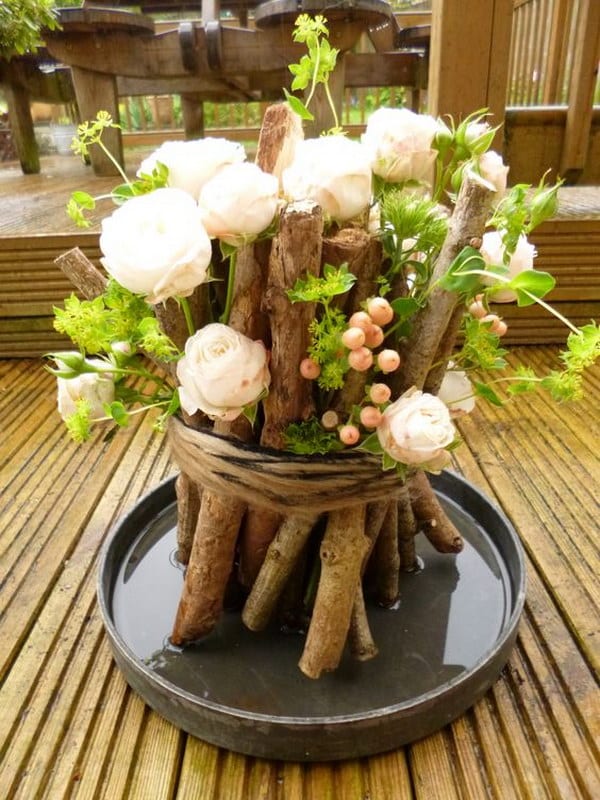
Via: ideastand.com

Via cupofjo
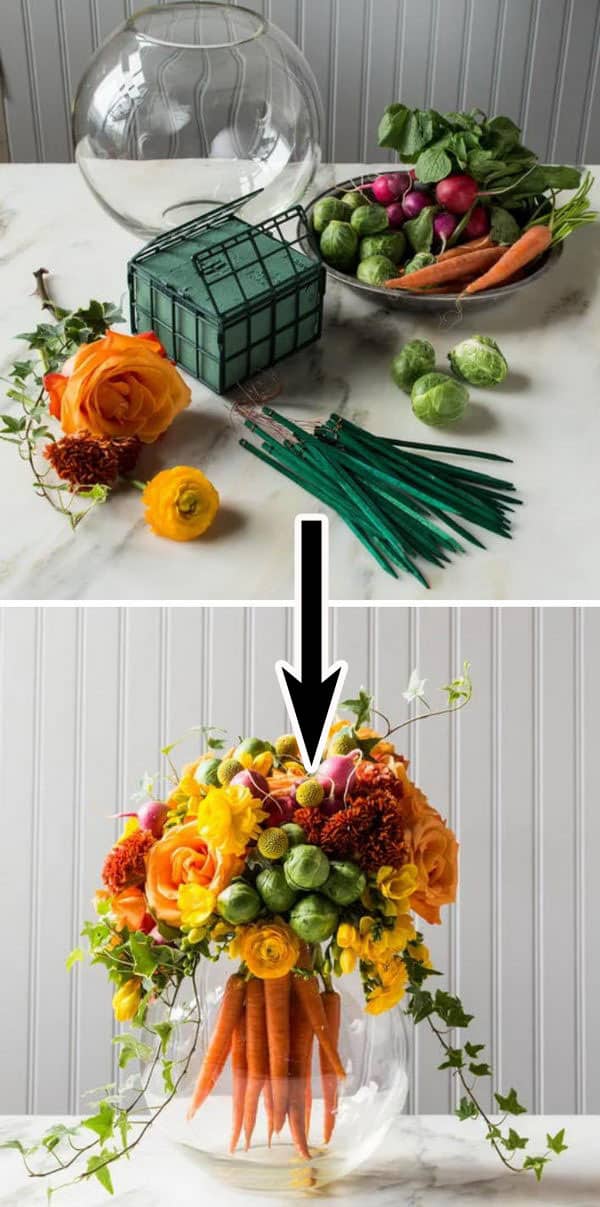
Via southernliving
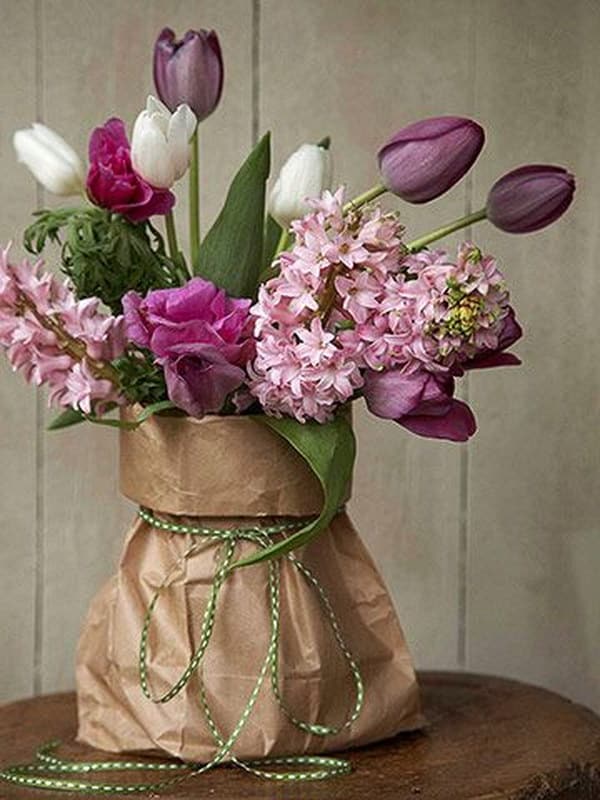
Via bhg.
2. Asymmetrical or Cascade Arrangements
An asymmetrical arrangement is perfect for those looking for something a little more modern and dramatic. These arrangements are often used for more creative or avant-garde purposes, such as in art installations or for events that call for a bold statement.
How to Make It:
- Select Your Flowers: Choose flowers of varying heights and shapes, such as orchids, calla lilies, or long-stemmed roses.
- Place Flowers Strategically: Start with a central flower and arrange others around it at different heights. Let some flowers spill over the sides to create the cascading effect.
- Incorporate Dramatic Elements: Adding draping vines or long leaves can enhance the asymmetrical design and give it a sense of movement.
3. Botanical or Wildflower Arrangements
For a more natural and earthy look, go for a botanical or wildflower arrangement. These often involve a mix of flowers and greenery, creating a rustic or garden-inspired aesthetic.
How to Make It:
- Choose Diverse Flowers: Select flowers like daisies, sunflowers, and lavender. Pair them with greenery such as ivy or wild grasses.
- Organize with Flexibility: Unlike more structured arrangements, let the flowers fall freely in a more unrestrained, natural manner.
- Add Texture: Incorporate pinecones, seed pods, or other elements from nature to enhance the wild aesthetic.
4. Japanese Ikebana Arrangements
Ikebana, the Japanese art of flower arranging, is known for its minimalistic style and deep symbolism. The focus is on simplicity, balance, and harmony, making it a perfect option for those who want to create arrangements with a more meditative and intentional feel.
How to Make It:
- Choose a Few Flowers: Select a small number of flowers, typically no more than three, and incorporate some branches or twigs.
- Create a Triangular Shape: Ikebana arrangements usually emphasize a triangle shape, with the main flower representing heaven, the secondary flower representing humanity, and the earthly elements as the base.
- Use Asymmetry: Keep the design asymmetrical, and leave plenty of empty space to allow the arrangement to “breathe.”
5. Flower Boxes and Vertical Gardens
A flower box or vertical garden can be a creative way to display flowers, especially in small spaces. These types of arrangements are ideal for apartments or patios where space is limited.
How to Make It:
- Choose Your Container: Use a rectangular box or a vertical planter. Wooden boxes give a rustic touch, while modern metallic containers add an industrial feel.
- Select Flowers for Layering: Choose a variety of flowers that can grow vertically, such as petunias, geraniums, or vines like sweet peas.
- Consider Height Variations: Place taller plants in the back and shorter ones in the front, creating a cascading effect.
Creative Flower Arrangement Tips
1. Use Different Shapes and Containers
Don’t be afraid to experiment with unconventional containers. A vintage teacup, a mason jar, or even a wooden crate can serve as a beautiful base for your floral display. The container you choose should complement the flowers in color, texture, and shape.
2. Incorporate Seasonal Blooms
Seasonal flowers offer the chance to celebrate what nature has to offer at different times of the year. Spring brings daffodils, tulips, and hyacinths, while fall offers chrysanthemums and sunflowers. By using flowers in-season, you ensure that your arrangement feels fresh and relevant to the time of year.
3. Experiment with Color Theory
Understanding color theory can help you create visually balanced and harmonious arrangements. Use complementary colors (such as purple and yellow) or analogous colors (like various shades of pink and red) to create contrast or a serene feel.
4. Add Greenery for Texture
Greenery isn’t just a filler; it can significantly enhance the beauty of your arrangement. Eucalyptus, ferns, and ivy not only add texture but also frame and highlight the flowers, giving depth to your display.
5. Personalize with Accessories
For a personal touch, incorporate accessories like ribbons, washi tape, or even personalized cards. These small details can take your flower arrangement to the next level, making it truly special. these ideas and tips to inspire your next floral project and create arrangements that are sure to impress.

